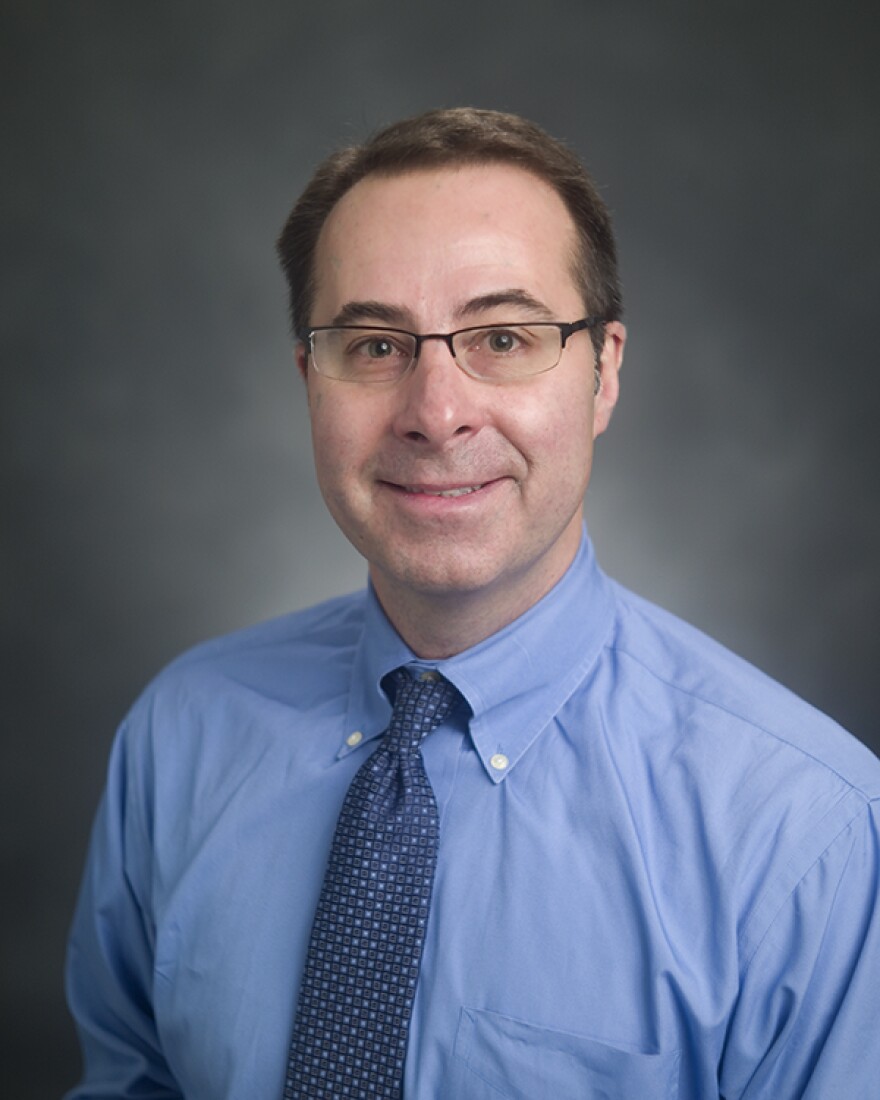Researchers and medical providers will gather this week to talk about cancer, in an attempt to change not just the number of people affected, but also to understand why incidences are different from place to place.
The project is a part of a multi-year National Institute of Health grant, and it focuses not on individual patients or even individual cancers. Researchers are looking specifically at cancer rate disparities in rural areas like central and Southern Illinois.
“Focusing our attention on its one thing, but focusing our research attention is a little bit different in the sense that, ‘Why is this happening?’ and ‘What are the reasons behind it?’ and you have to research that to figure it out. I think that’s what’s lacking at this point, and I think that’s one of the big goals of this whole grant.”

Doctor Laurent Brard is the Division Head of Gynecological Oncology at SIU’s School of Medicine. He says this collaboration, including the seminar this week, aims to answer questions about why certain cancer rates are higher in rural areas.
“I think we first need to understand what’s causing these disparities. And once we understand that a little bit better, we can ask, ‘Well is it as simple as getting the message out?’ And when I say simple – it’s not that easy – so what research methods can we use to study that problem, and how can we make that better?”
Brard says it’s a multi-layered question: Why are certain cancers showing up more often than others? Why are certain cancers more prevalent among rural areas than in their urban counterparts? What could help bring those numbers down?
“What are the barriers? Is it the fact that there’s just not enough providers in a certain area? There are a lot of different issues, so that’s sort of one thing, as an example, to tell you that there’s a disparity, how can we make that better?”
Often, Brard says, it’s a lack of understanding that can lead to higher incidences of preventable or highly treatable cancer – like colon cancer, for example, which can be caught early through screening colonoscopies. But Brard says not enough patients know they need to ask for that screening, and not enough doctors are recommending them.
“That is a clear case of a cancer health disparity, because that is not the same incidence that you would have in a large city where there’s a higher proportion of higher education people, for instance. The interesting thing there is, we understand that the message isn’t getting out, WHY is it not getting out?”
Cancer is not always as randomly selective as it seems, Brard says. Certain types of cancers have patterns, and this research collaboration is looking for those patterns in an attempt to help educate both patients and caregivers about prevention and treatment.
“I think there’s going to be some very down-to-earth things that can be implemented right away to make cancer health – because that’s what we’re focused on – improve cancer health, which could be as simple as education. Educating patients, but also educating providers – that’s a very concrete example but I think beyond that there are other issues that may cause disparities. Of course, I say may because we don’t know the extent of these disparities. We do know they exist, but what is the science behind this – what are those causes? And once we understand those causes, how do we tackle those problems?”

The collaboration set out to look at rural cancer disparities because of the challenges faced in those areas. Aside from education, you find transportation issues, and in many cases a lack of doctors and specialists. Brard says that can lead to delayed diagnosis, which could be a part of the cancer rate disparity.
“I think for a lot of the cancers that we’re talking about, the most important thing is prevention before treatment. If we’re not preventing the malignancy and then you fall into treatment that’s a much bigger issue And I think that it’s critical that we understand what the processes are that are blocking us or keeping us from doing a good job with prevention before we even worry about treatment.”
The NIH grant enters its second year in September. Brard and others in the partnership say they’re hopeful they’ll find some answers through collaboration, and learning what questions to ask in order to find answers that will help reduce cancer rates across the region.







